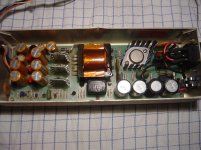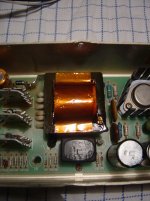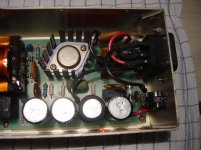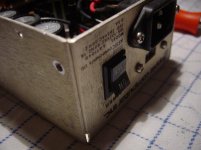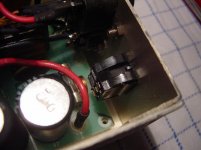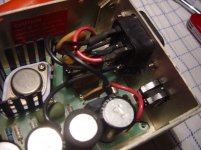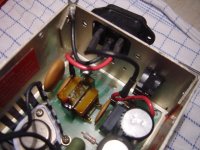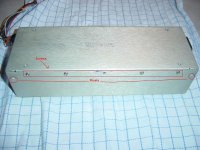tezza
Veteran Member
Funny thing, I found a date on the bottom of it - it reads "MAR 9 1979". That means it will soon turn 30, that just settle a deadline for my project; my Apple has to be up running again before so I can celebrate the birthday in a proper way...
That's about the same vintage as my Apple II Europlus.
Those power supplies can be difficult to get into. I recently got hold of a lot of old apples and apple clones. Thankfully all the geniune Apple power supplies were working. Some of the clone PSUs were not however. I tried to disassemble them, but it proved no easy task. I had to destroy the rivets.
IIn the end I decided I had enough working PSUs so I didn't need to fix the broken ones. Besides that they were very rusty and corroded.
Good luck with the repair.
Tez

